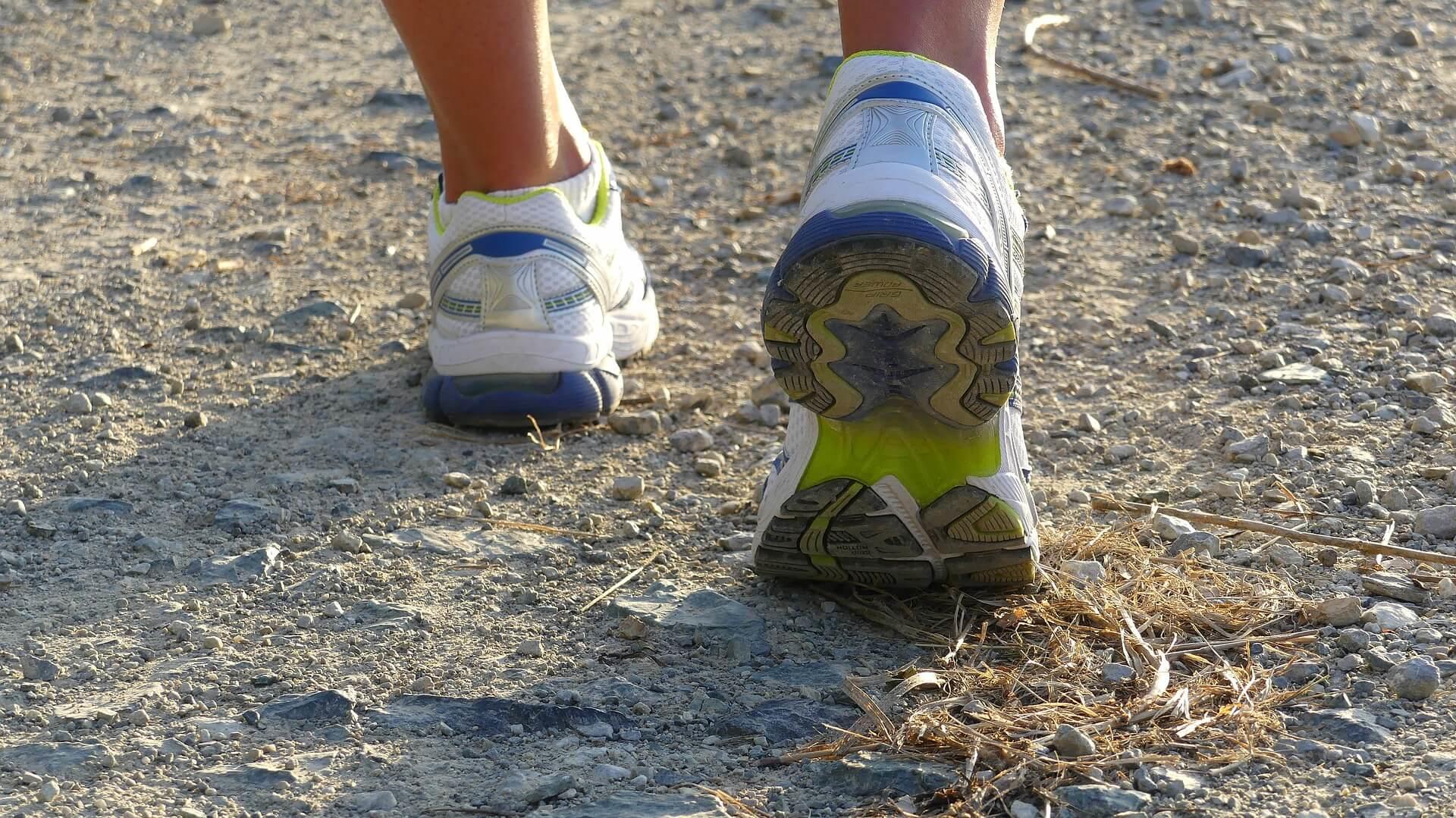The Weight Of Running Shoes: Why Lighter Isn’t Always Better

As a runner, you more than likely spend plenty of time selecting and then maintaining your shoes. Which makes perfect sense, really. After all, those seemingly simple pieces of equipment are a runner’s primary tools in both training and competition.
And when it comes to shopping for your next pair of shoes, you have lots of decisions to make. Among these, runners tend to put a huge amount of emphasis on the weight of their running shoes. Frequently, the assumption is that lighter running shoes are inherently better than their huskier counterparts. But, is this always the case? What should you think about when considering the weight of prospective running shoes?

The Big Deal: Athletic Performance
Before discussing any of the other factors at work here, the first aspect that needs to be covered is the most talked-about – athletic performance. The logic here is simple. Since light shoes make it easier for you to move freely, providing less resistance, runners should be able to enjoy a boost in speed.
Does science back up this line of thinking, though? Yes. Sort of. It’s complicated.
The original research into this topic, conducted in the 1980s by researchers working for Nike took two different approaches toward answering the question. In order to properly grasp the connection between shoe weight and athletic performance, then, both of these different trials need to be discussed.
First, the team took one type of running shoes and sewed varying amounts of lead weights into them. This allowed the runners to experience the same level of support and run with the same form while working with differing levels of resistance. So, what happened here?
In these tests, the researchers found that for every 100g (or 3.5oz) of weight added to the shoe, the energy expended increased by 1 percent. Granted, this doesn’t sound like much. But, when you stretch this out over the course of a marathon, those extra 100g to add as much as 3 minutes to your time.

Keep in mind, though, that this system for adjusting the weight of a running shoe is totally unrealistic. No one is sewing lead weights into their footwear. Instead, sacrifices are made in the overall design of the shoes – particularly when it comes to cushioning and support.
To fully untangle this knot, therefore, the same group of researchers had runners use different shoes that naturally weight in at varying amounts and compared the resulting energy cost. Predictably, lighter shoes did indeed allow athletes to perform for efficiently. The surprise, however, came as they used progressively lighter models.
At a certain point, the shoes became too light by providing less support which forced the runners’ muscles to compensate. Exactly when the weight became too little varied from person to person. This peak was also influenced by the running surface on which the tests were performed.
Form and Running Style
This research highlight a very powerful point to be considered when shopping for footwear by weight. What constitutes an appropriate weight for you will depend on a wide variety of individual factors including running style, form, previous injuries and running surface.
Specifically, though, what do you need to know in order to pick the right weight for you?
As mentioned, running shoe manufacturers typically achieve a low weight by cutting back on the amount of cushioning or support offered by that particular model. The primary question to ask yourself, then, is this: How much support do you need?

While minimalistic shoes have enjoyed a burst of popularity over the past decade or so the reality is that these low-profile options have been pretty hotly debated by the athletic and scientific communities. What is definitely know, however, is that running with little-to-no cushion does take some getting used to and may not work for everyone.
Since your feet and legs are now being subjected to higher impact forces, those joints and muscles need to compensate. This takes time. Individuals who have existing problems with their feet, knees and ankles may never be able to make the switch.
Certain issues, like overpronation and flat feet absolutely require some form of corrective insole or footwear. Light-weight shoes simply cannot meet this need. So, if you struggle with these or related conditions you will be limited when it comes to just how much weight you can reasonably shave off of your running shoes.
Summing It Up
Really, then, there is no simple answer to the issue of ideal running shoe weight.
Lighter shoes will definitely give you a respectable boost in running performance and energy efficiency. However, this will also mean a reduction in the amount of support and cushioning that those shoes can possibly deliver.
When picking your shoes, therefore, it’s important to keep these different factors in mind and not simply grab the lightest pair you can find.
Sources
Latest Articles
 Is Running on a Treadmill Easier Than Running Outside?Runners have their own preferences, whether it is treadmill running, running outside on the road, or exploring trails. So...
Is Running on a Treadmill Easier Than Running Outside?Runners have their own preferences, whether it is treadmill running, running outside on the road, or exploring trails. So... Is It OK to Use Trail Running Shoes on the Road?While trail running shoes can be used on roads, especially in situations where a runner encounters mixed terrains or pref...
Is It OK to Use Trail Running Shoes on the Road?While trail running shoes can be used on roads, especially in situations where a runner encounters mixed terrains or pref... How to Fix Sore Quads After Running?Rest, ice, gentle stretching, and over-the-counter pain relievers can help soothe sore quads after running. Also, ensure ...
How to Fix Sore Quads After Running?Rest, ice, gentle stretching, and over-the-counter pain relievers can help soothe sore quads after running. Also, ensure ... 10 Fruits With The Most Electrolytes to Replace Sports DrinksThese fruits are high in electrolytes such as potassium, magnesium, and calcium, essential for hydration, muscle function...
10 Fruits With The Most Electrolytes to Replace Sports DrinksThese fruits are high in electrolytes such as potassium, magnesium, and calcium, essential for hydration, muscle function...

